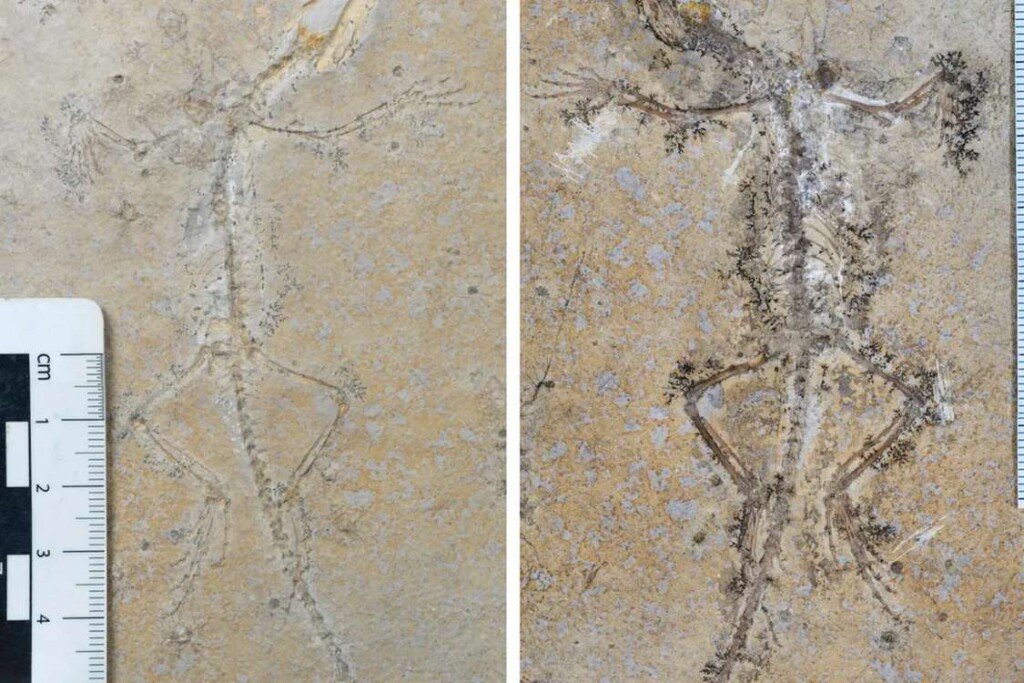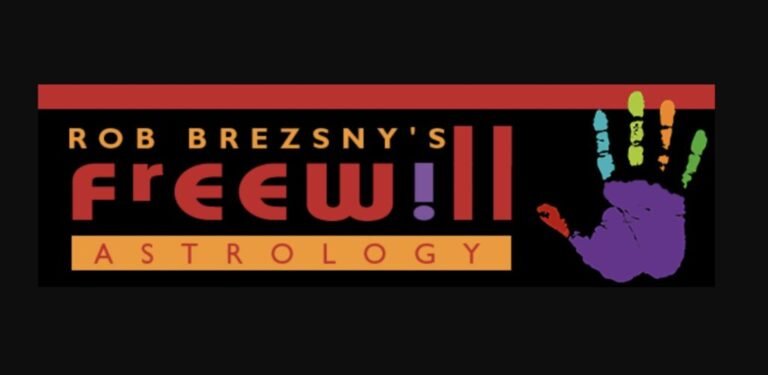
<a href="https://www.goodnewsnetwork.org/two-halves-of-the-same-fossil-stored-at-different-museums-reunited-to-form-new-species/" target="_blank">View original image source</a>.
When you think about paleontology, you probably imagine dusty old bones and ambitious digs, not a plot twist worthy of a detective novel. But that’s exactly what happened when Ph.D. student Victor Beccari stumbled upon the shocking truth about two fossil halves stored in different museums. After visiting the London Natural History Museum and immediately recognizing a familiar slab, he linked it back to another half at the Senckenberg Natural History Museum in Frankfurt. Turns out, these two were long-lost relatives, separated and sold off back in the 1930s!
What’s even crazier is that neither museum had any idea they were sitting on a treasure trove of dinosaur drama. Once reunited, the fossil was rebranded from Homoeosaurus maximiliani to its snazzy new title, Sphenodraco scandentis. I mean, who wouldn’t want a new name that sounds like it belongs in a blockbuster? This ancient reptile is now recognized as the oldest known tree-dwelling member of a rare reptile order, making it a true Jurassic celebrity!
As if that wasn’t fabulous enough, this discovery points to a deeper issue in the scientific world: just how many more secrets are lurking in dusty museum corners? Beccari suggests that many historical descriptions of ancient reptiles are still vague, and with more fossils waiting to be analyzed, we could be missing out on a whole menagerie of prehistoric creatures. So, what do you think? How many more hidden gems are out there hiding right under our noses—er, landmarks?
To get daily local headlines delivered to your inbox each morning, sign up for newsletter!















